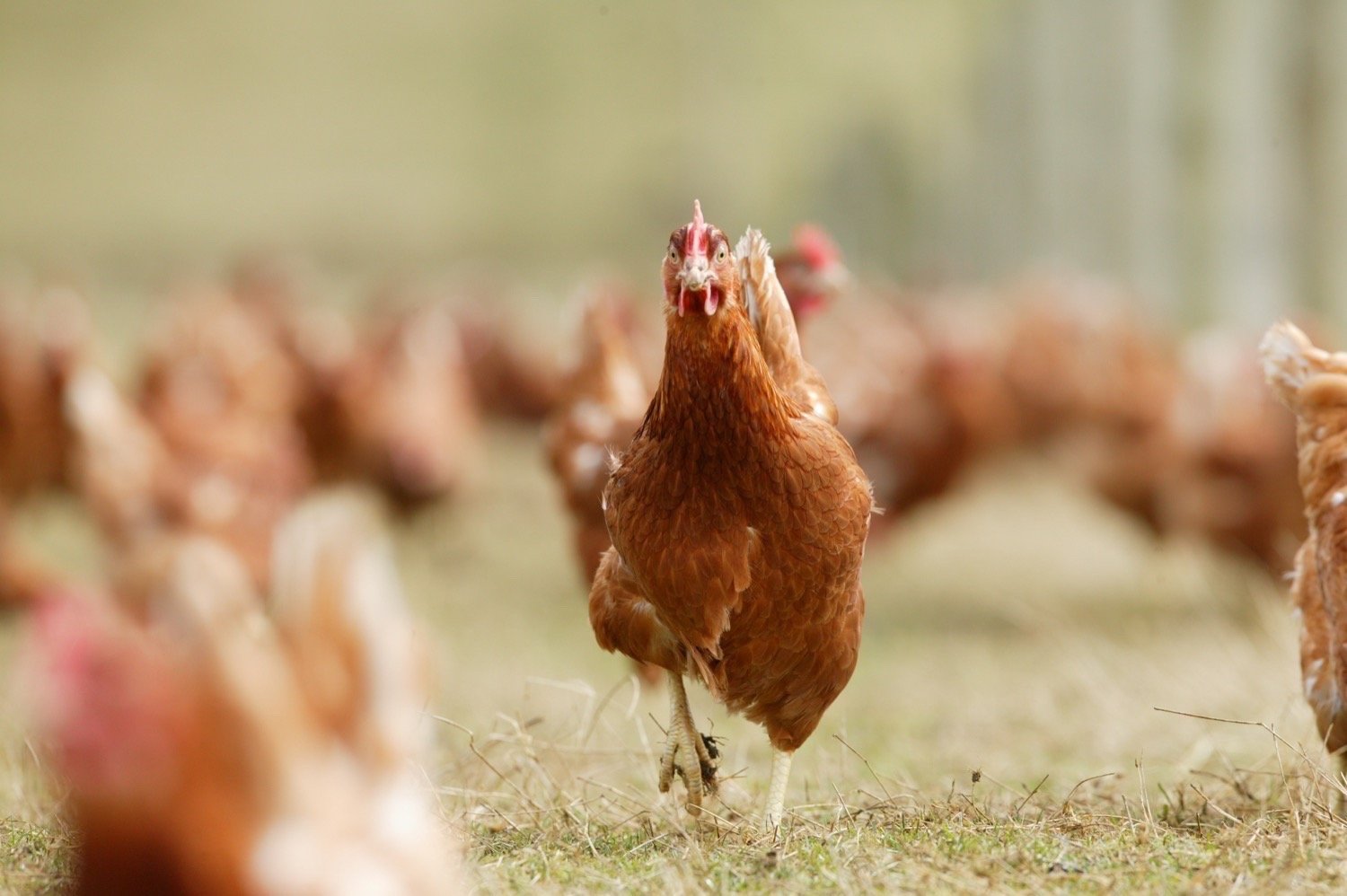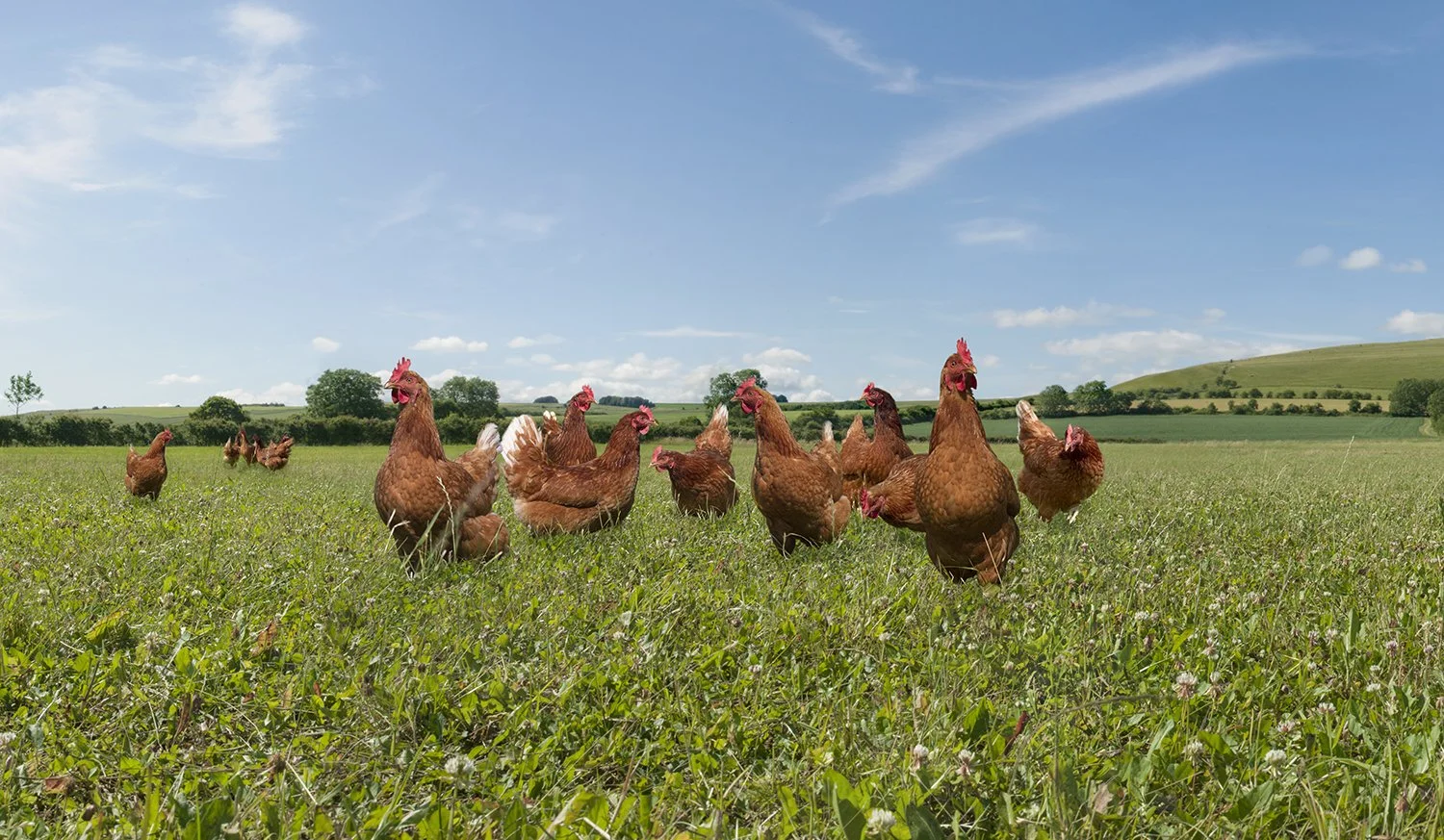
The £ continues to struggle to find any real support. Wheat continues its very clear downward trend this week. The USDA report this week was viewed very much as bearish. The world is still not awash with wheat and despite the UK having an exportable surplus. Soya still has this old crop/new crop story with Argentinian old crop premiums still holding until the US crop is further developed and close to coming to market. The planting story in the states so far is a positive one with good temperatures. Organic prices are slowly falling. Quarter 4 for this year is looking like our first opportunity in the past 12 months for prices to ease.























